Whether you run a single location or multi-location business, brand reputation management is something you simply can’t afford to overlook. In today’s digital world, online reviews and ratings can give the smallest local business an advantage over a multinational enterprise. Why? Because consumers read reviews-they rely on them to feel confident in their purchasing decisions.
According to Birdeye studies:
- Customers check online reviews nearly 70% of the time before choosing a local business
- Over 90% of customers read more than two reviews, and over 50% of them read five or more reviews before deciding
- 85% of customers have avoided multi-location businesses due to recent negative reviews
These numbers highlight just how much positive reputation matters to consumers. In this blog, we’ll dive into brand reputation management, why it matters, and the most effective strategies to strengthen your brand and drive growth.
Table of contents
- How to measure brand reputation?
- Brand reputation management: 5 best practices to boost brand strategy
- Step-by-step guide to creating effective brand reputation management strategy
- Frequently asked questions on brand online reputation management
- Level up brand reputation management with Birdeye’s GenAI product suite
What is brand reputation management?
Brand reputation management is the process of creating, monitoring, and managing the perception of your brand in the market and industry. This includes managing customer reviews, social media campaigns, monitoring brand mentions, and online forums to build a positive perception and actively mitigate any negative impact.
Why should you work on improving your online reputation?
Customers discover your brand on social media platforms, online forums, listing sites, and search engines. However, they research past performance, customer reviews, and market brand sentiment before engaging further.
Online reputation management ensures potential customers see your best foot forward across channels. Some of the benefits of investing in brand reputation management to build a strong brand identity are:
- Enhanced visibility on listing sites, online forums, and search engines: Platforms prioritize businesses with established goodwill – showcasing reviews can help you outrank competitors and establish customer trust.
- Higher conversion rates: Reviews are one of the major deciding factors in every buyer’s journey. Stronger brand reputation management translates to a higher level of trust and, ultimately, better conversion rates.
- Reduced advertising spends: Showcasing reviews on advertisements leads to higher clicks and lower overall spending. A strong reputation also means potential customers discover your brand on organic channels, limiting the need for aggressive paid campaigns.
- A loyal community: Businesses focusing on brand reputation management deliver higher customer experience standards. This builds brand promise that refers to other potential/new customers, makes recurrent purchases, and strengthens the brand value.
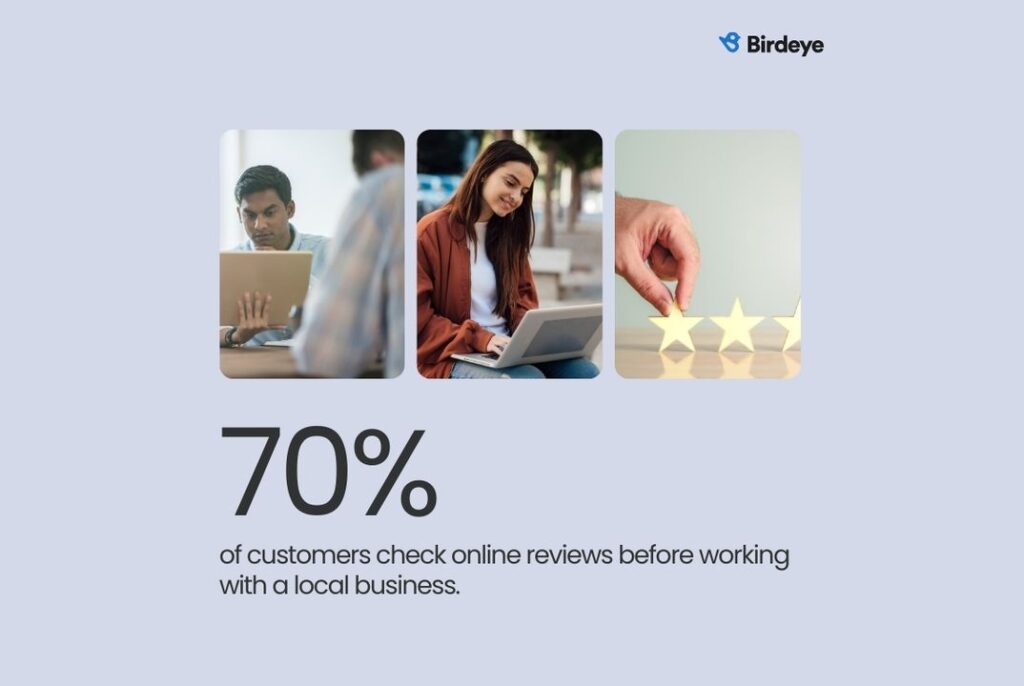
How to measure brand reputation?
Accurately measuring brand reputation signals is the key to developing effective strategies. However, this is not as simple as checking reviews or tracking the average star rating for a large multi-location business.
Brand reputation is a complex metric that measures valuable insights from customer feedback surveys, online brand mentions, customer reviews, online conversations, referral campaigns, sentiment analysis, social media engagement, and more.
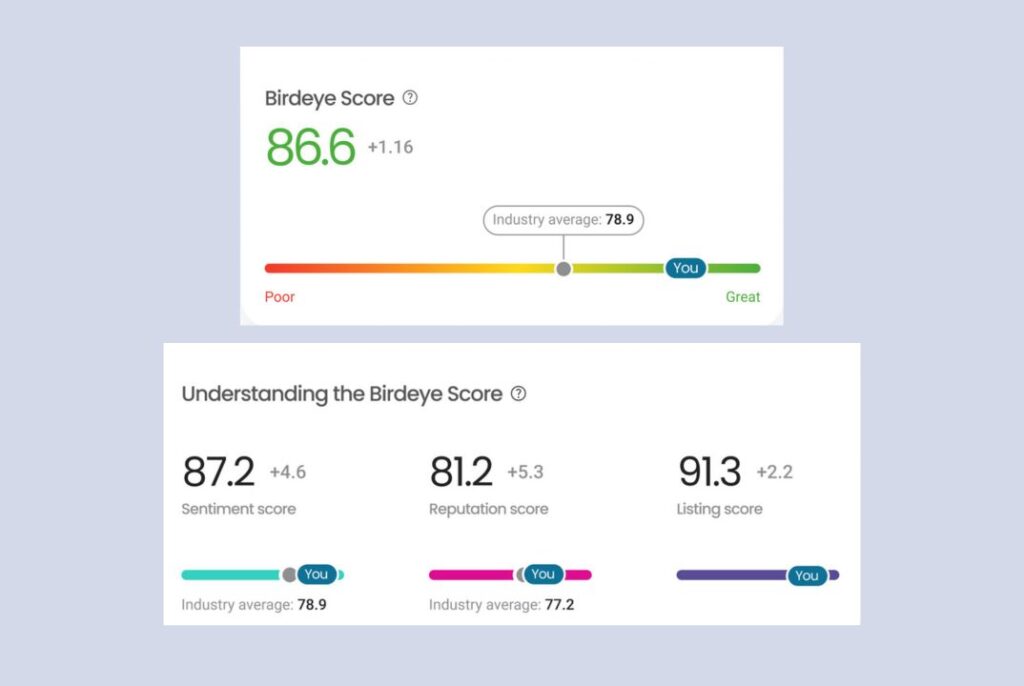
AI reputation management platforms like Birdeye provide unique scores that allow multi-location businesses to gauge and track their brand reputation management efforts. With Birdeye Insights AI, you can:
- Track customer sentiment across locations by analyzing reviews, local SEO performance, and customer feedback surveys.
- Compare and benchmark customer engagement against local and global competitors.
- Identify how customer experience, online discoverability, and customer review contribute to the overall reputation management.
Brand reputation management: 5 best practices to boost brand strategy
Effective brand reputation management demands active business involvement from your business. It’s about encouraging positive feedback, managing negative reviews, steering online conversations, and prioritizing customer experience.
Here are some of the best practices to strengthen your brand’s reputation management efforts:
- Proactive review generation and management
- Social media platform monitoring and management
- Negative reviews management across channels
- Consistent review marketing
- Customer experience management
Proactive review generation and management
More reviews mean better credibility–but getting them isn’t always easy. Building a strong brand loyalty on review platforms starts with a solid review generation strategy.
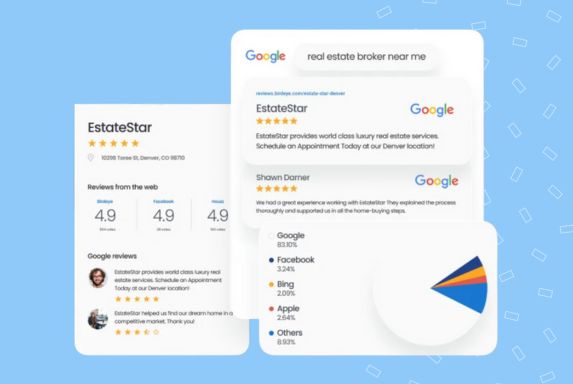
Businesses must ensure that:
- Every location has a cohesive brand image on core sites like Google, Facebook, Apple, and Bing, as well as on high-performing industry-specific review sites.
- Online review generation tools integrate with CRM systems to instantly send review requests to all customers with personalized messages, periodic reminders, and follow-ups.
- Every staff member is held accountable for online review requests after in-store visits and personal interactions.
- Satisfied customers can quickly write reviews with one-click forms, QR codes, short review links within emails, and more.
But the buck doesn’t stop with generating customer reviews. Positive brand reputation management entails constant monitoring of review platforms, instant review responses, and diligent audits to spot fake/spam online reviews.
AI review management tools like Birdeye Reviews AI allow you to:
- Generate professional and accurate review responses in seconds.
- Translate non-English reviews and respond in the native language without leaving the dashboard.
- Monitor 200+ review sites from a centralized dashboard with instant in-app alerts for every review.
- Set up automated review response workflows to ensure no review goes missing.
- AI-driven review audits to spot potential fake and spam reviews.
Social media post monitoring and management
Your brand’s online presence is not limited to review sites. Consumers also share experiences on social media, discussion forums, blogs, and news articles. A strong multi-location social media presence shows your social responsibility, tracks conversations, engages your audience, and builds trust in your brand.
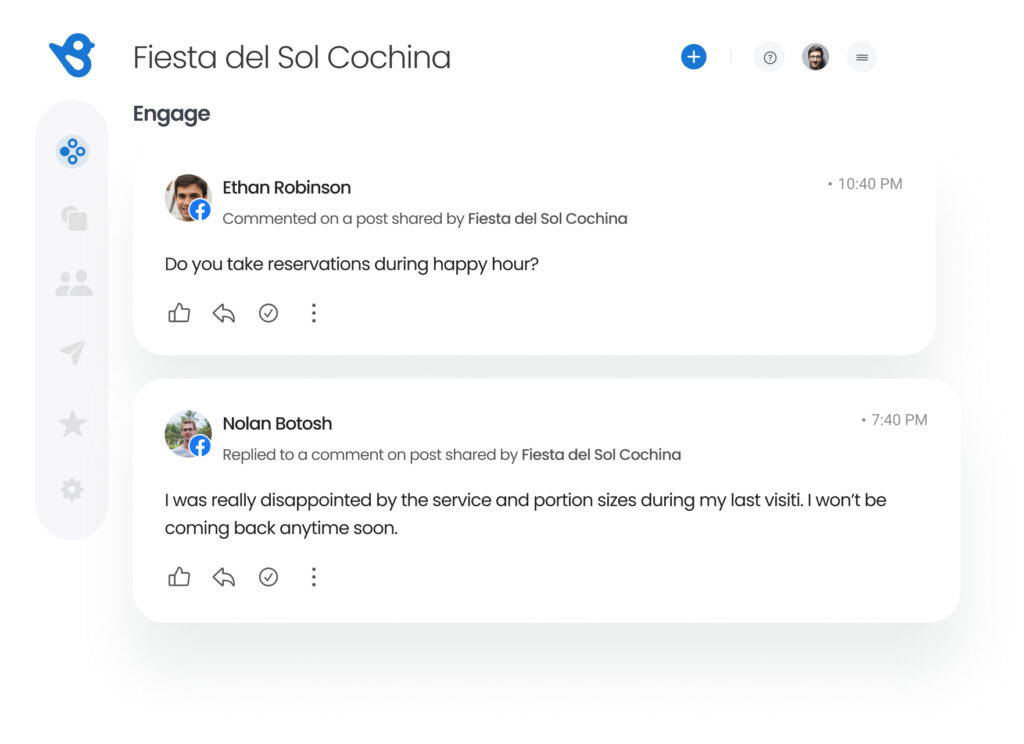
Here are a few tips on social media management to level up your brand experience:
- Actively monitor social media post/feeds for mentions, comments, and messages. A quick response can turn negative publicity into positive testimonials.
- Work with tools that allow you to engage comprehensively via social media inbox. This will ensure that no message is missed and you stay socially responsible.
- Repost customer stories to boost the company’s reputation.
Negative reputation management across channels
We all love positive feedback, but the key to a brand’s online reputation is how well your teams handle negative comments across review sites, online forums, customer messages, industry experts, and social media.
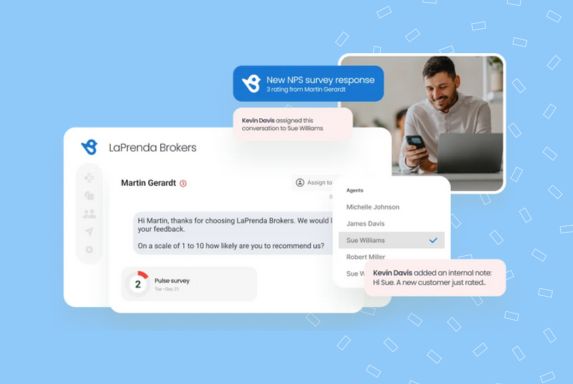
Ensure that your team has a crisis management policy in place. Some of the best ways to manage a poor reputation include:
- Responding to customers empathetically, showing them that you are focused on resolving their concerns. You can also go ahead and move the customer concerns to a private forum while you work on resolutions.
- Working with internal and external stakeholders to resolve the issue with a solid ticketing system
- Closing the loop on the feedback with a public response on action taken on the issues.
- Requesting the customer to edit/remove the negative feedback if they are happy with the resolution and response.
Consistent review marketing
A loyal customer base is the most powerful brand asset because they are unbiased, authentic, and descriptive. Take advantage of the rich content provided to you by your brand advocates: promote great customer feedback on your company website, social channels, and any other company-owned pages.
Birdeye lets you promote your best reviews in a real-time feed on your company website, share them as posts to your social channels, and display them as star ratings beside your business in search results — automatically.
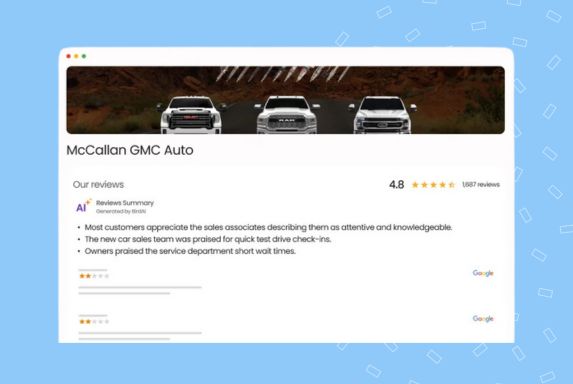
Customer experience management
While generating reviews and addressing negative feedback is essential, it is still a reactive strategy. Businesses with a strong online reputation focus on proactive measures, starting with enhancing the customer experience.
You must enable easier communication with omnichannel marketing, offer convenience features like easy appointment booking, integrated payment systems, excellent customer service, and consistently dive into insights from feedback to improve internal processes.
Step-by-step guide to creating effective brand reputation management strategy
Here is how you can develop a comprehensive brand reputation management strategy for your business:
Assess your existing online reputation
Before you do anything else, start by measuring your existing brand reputation. This involves analyzing:
- Listing performance: Verify accuracy, completeness, and performance on local search engines for targeted keywords.
- Customer sentiment: Scan across customer reviews and internal feedback to identify strengths and weaknesses, promoters and detractors, and location-wise performance.
- Review performance: Analyze the growth of review volume, average star rating, and prevailing brand sentiment across multiple review sites and locations.
Analyze competitor performance
Auditing your reputation shows you where you stand, and assessing competitor performance tells you what to aim for and how to boost your business success.
AI reputation management tools like Birdeye help you analyze:
- Competitor performance across review and listing sites at the local and global level.
- Benchmark industry standards to compete and create a positive brand image.
- Analyze local-level performance to identify strengths, customer satisfaction, opportunities for improvement, and areas to focus on.
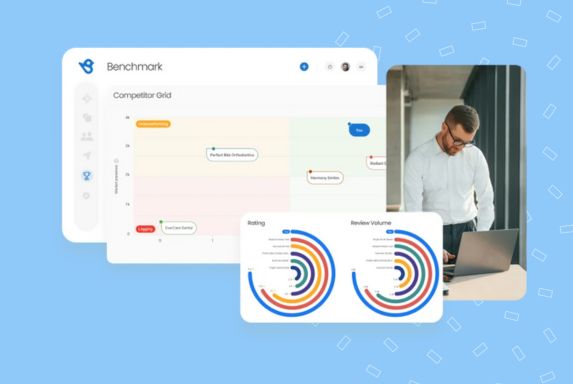
Identify critical channels
A brand and competitor audit shows you the platforms you must focus on. Combine this with the existing customer data on the target audience, including demographics, preferred channels, and website traffic referrals.
This way, you can identify the critical review sites, listing platforms, and social media channels on which to build a good brand reputation. Now, you can commence marketing campaigns, review generation and outreach programs to boost your brand reputation on these platforms.
Develop a crisis management plan
Negative feedback is highly time-sensitive and requires industry expert-led actions instantly to prevent them from hampering brand reputation. That is why your team needs a comprehensive crisis management plan that tells them how to handle:
- Negative publicity
- Unhappy customers
- Abrasive social media comments and more
Audit data to derive insights
Businesses that leverage their data to improve performance succeed faster. For multi-location businesses handling hundreds of customers across locations can use tools like Birdeye Insights AI that offer instant GenAI-powered analysis and smart recommendations to safeguard business success.
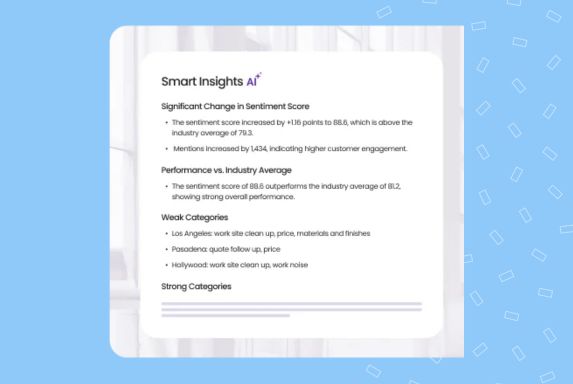
AI-powered insights help you understand:
- What consumers perceive-behavior and trends
- Overall sentiment trends
- Customer concerns to focus on and improve brand reputation, and much more.
Indiana Members Credit Union drives satisfaction with Birdeye GenAI
With 30+ branches across Indiana, Indiana Members Credit Union (IMCU) partnered with Birdeye in March 2023 to boost member engagement, streamline operations, and improve online visibility using Birdeye Reviews AI, Birdeye Listings AI, and Birdeye Insights AI.
Challenge: IMCU’s manual approach to managing reviews and listings across platforms was slow and inconsistent, making it hard to maintain trust and efficiency at scale.
Solution: Birdeye’s platform allowed IMCU to update listings instantly, automate review requests via Symitar and QR codes, and gain insights from member feedback. The result: more reviews, better visibility, and stronger member relationships.
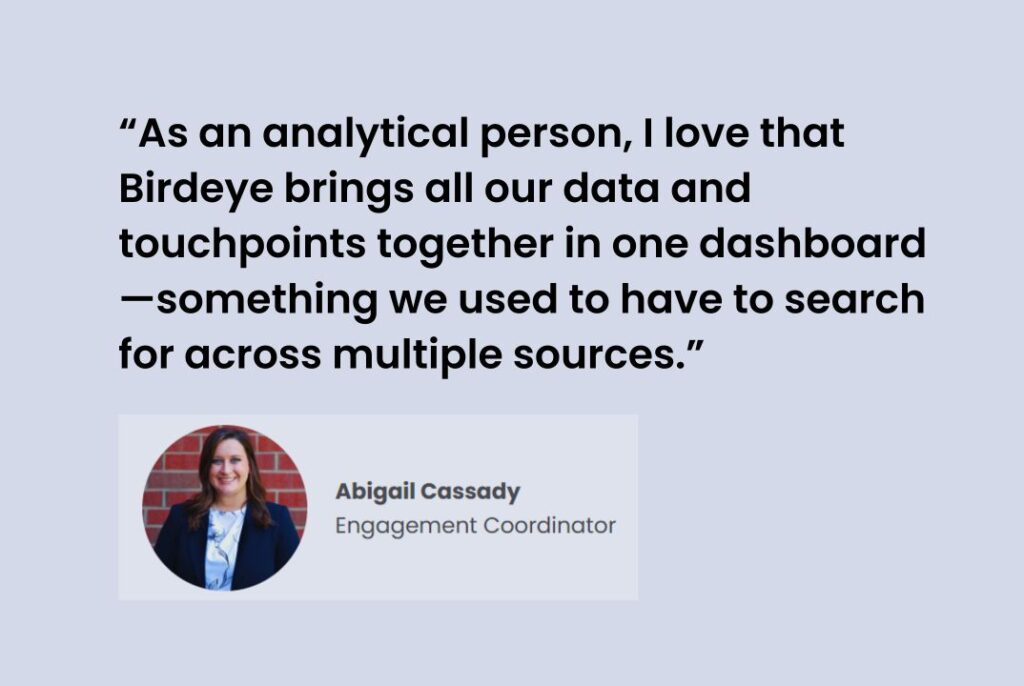
Learn more about Indiana Members Credit Union (IMCU) case study
Beyond reputation: Building brand perception
Your brand perception isn’t just built through logos or ads—it’s shaped every day by how people perceive your brand values, mission statements, and social responsibility. When customers share positive experiences or leave positive reviews on Google, they’re influencing public opinion more powerfully than any paid campaign.
Today, word of mouth spreads faster than ever. A few negative reputation hits can derail your momentum, while consistently delivering on your values builds a positive brand image that drives brand loyalty, purchasing decisions, and long term revenue.
Your business success depends on meeting customers where they are—and that means monitoring conversations of target audience across channels from a single platform. This not only helps manage the public’s perception, but also positions your business as a voice of thought leadership that earns trust over time.
Remember, what’s mentioned earlier in a conversation or review can echo much further than you think—make sure it reflects the good reputation you’re building. Also, providing excellent customer service can really contribute to your business success.
The takeaway: Implement a comprehensive positive reputation management strategy to make this process constant and seamless, and before you know it, your loyal customers will be doing your marketing for you.
Frequently asked questions on brand online reputation management
The three pillars of strong brand reputation management are social listening, competitor performance monitoring, and customer feedback management.
You can build a positive brand reputation by consistently encouraging positive reviews, boosting your presence on social media and listing platforms, and investing in customer experience enhancements.
Brand management is the process of creating a brand’s identity, value system, and reputation. Reputation management, on the other hand, is the process of constantly monitoring an online brand reputation and making efforts to strengthen it over time.
Businesses can leverage their strong brand reputation by showcasing satisfied customers’ positive testimonials on marketing materials, adding a review widget on their website, and encouraging the happy customer base to refer potential customers including peers and family members.
A brand reputation manager monitors public perception, manages reviews, handles crises, and ensures the brand maintains a positive image across all channels.
To fix a bad reputation of a brand you need to address negative feedback promptly, deliver consistent positive experiences, encourage satisfied customers to leave reviews, and rebuild trust through transparency and action.
Level up brand reputation management with Birdeye’s GenAI product suite
Brand reputation management can be challenging, especially for growing multi-location businesses. With a large customer base and and countless interactions, it can quickly become time-consuming, unless you have the right tool to streamline the process.
With Birdeye’s suite of GenAI products, you only have to set up the system once and let the magic unfold. Birdeye helps businesses to:
- Work with the Reviews AI tool to auto-generate online reviews, draft professional review responses, showcase positive reviews on websites with a handy AI-generated summary, and get a snapshot of customer sentiment.
- Strengthen local presence, outshine competitors, build customer loyalty and ensure the accuracy of every local listing with Listings AI.
- Manage multi-location social media via Social AI from a centralized dashboard with GenAI aiding in content creation, refinement, marketing campaigns and analytics.
- Keep track of your online reputation with a universal metric (Birdeye Score) that shows how you fare in new customer surveys, reviews, and local SEO performances.
Step into the future of reputation management with Birdeye today. Watch the free demo to learn more.

This blog post is part of our Online Reputation Management Guide:
Online Reputation Management
Originally published









